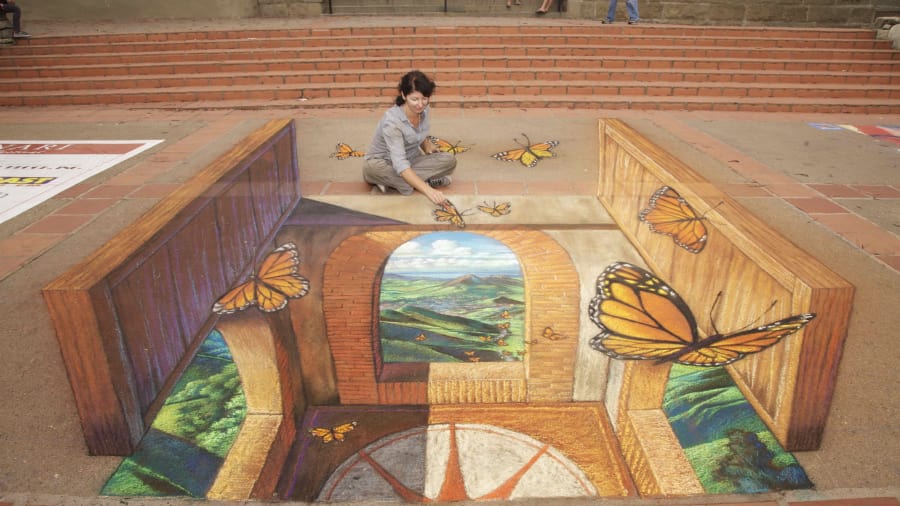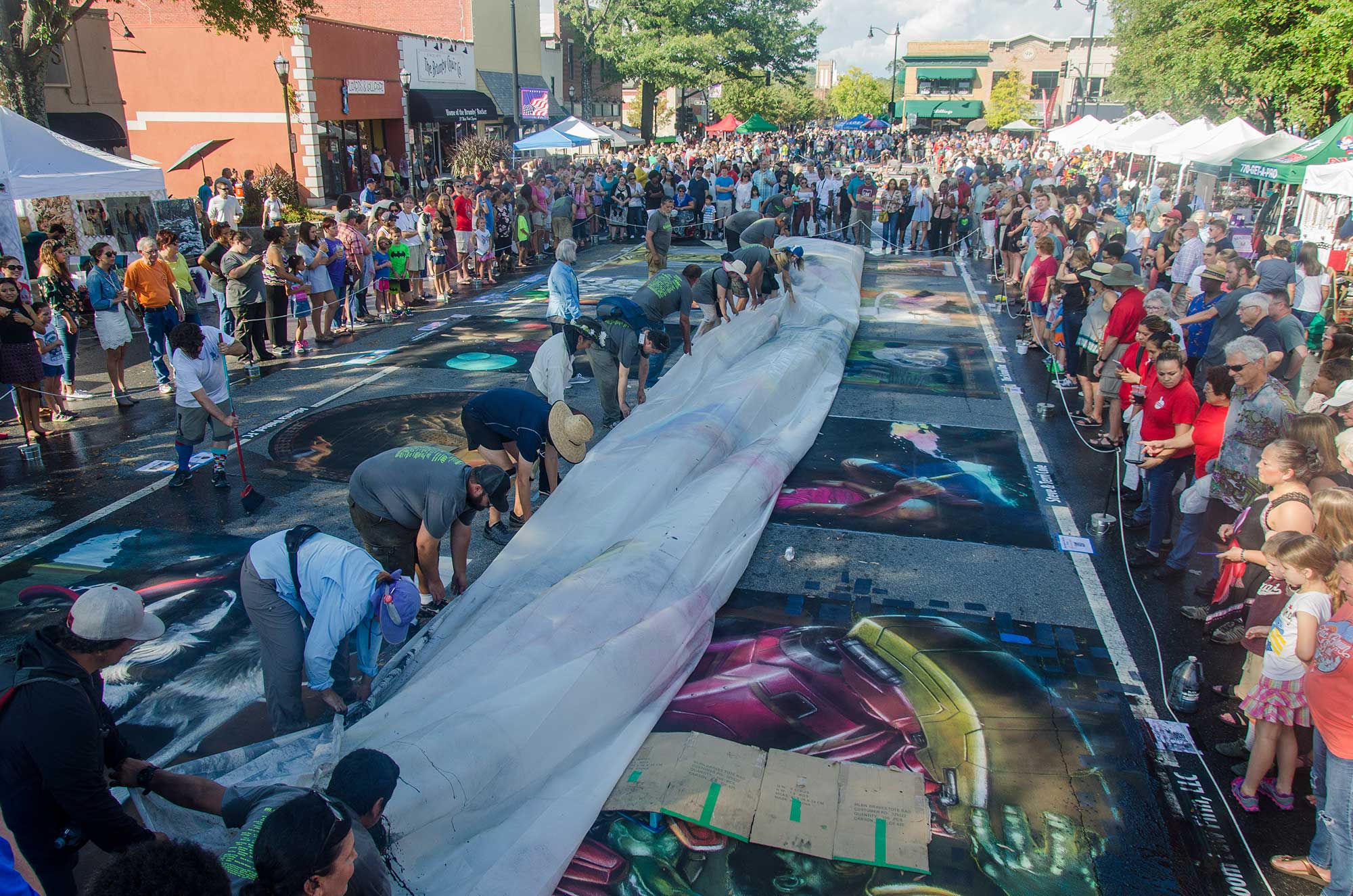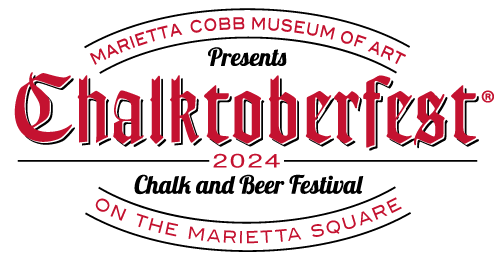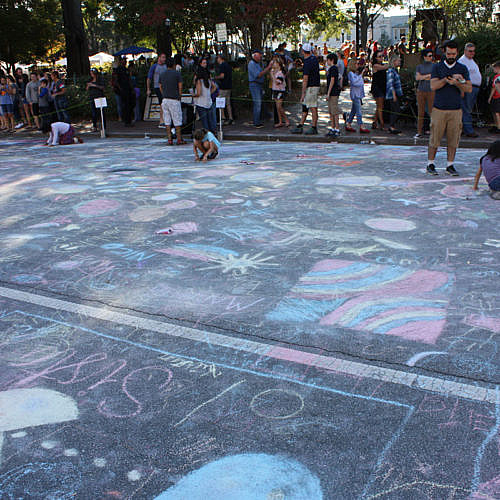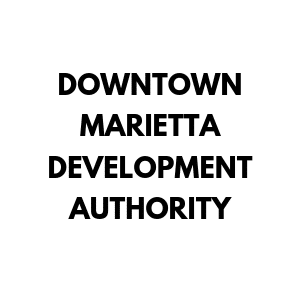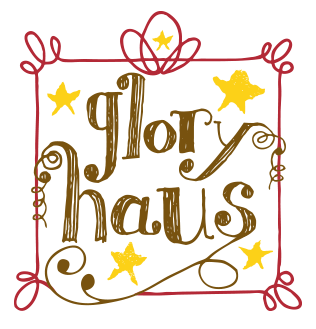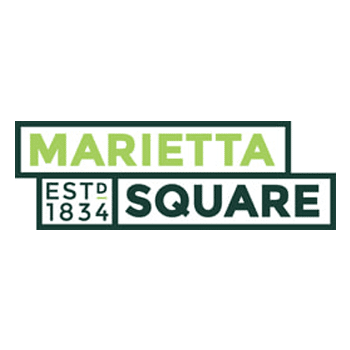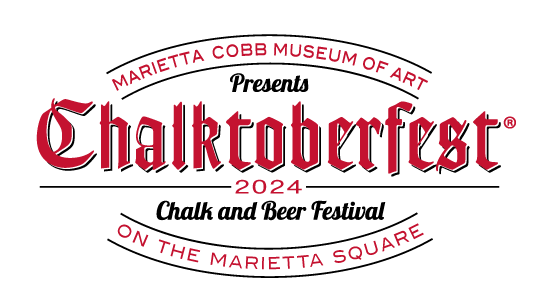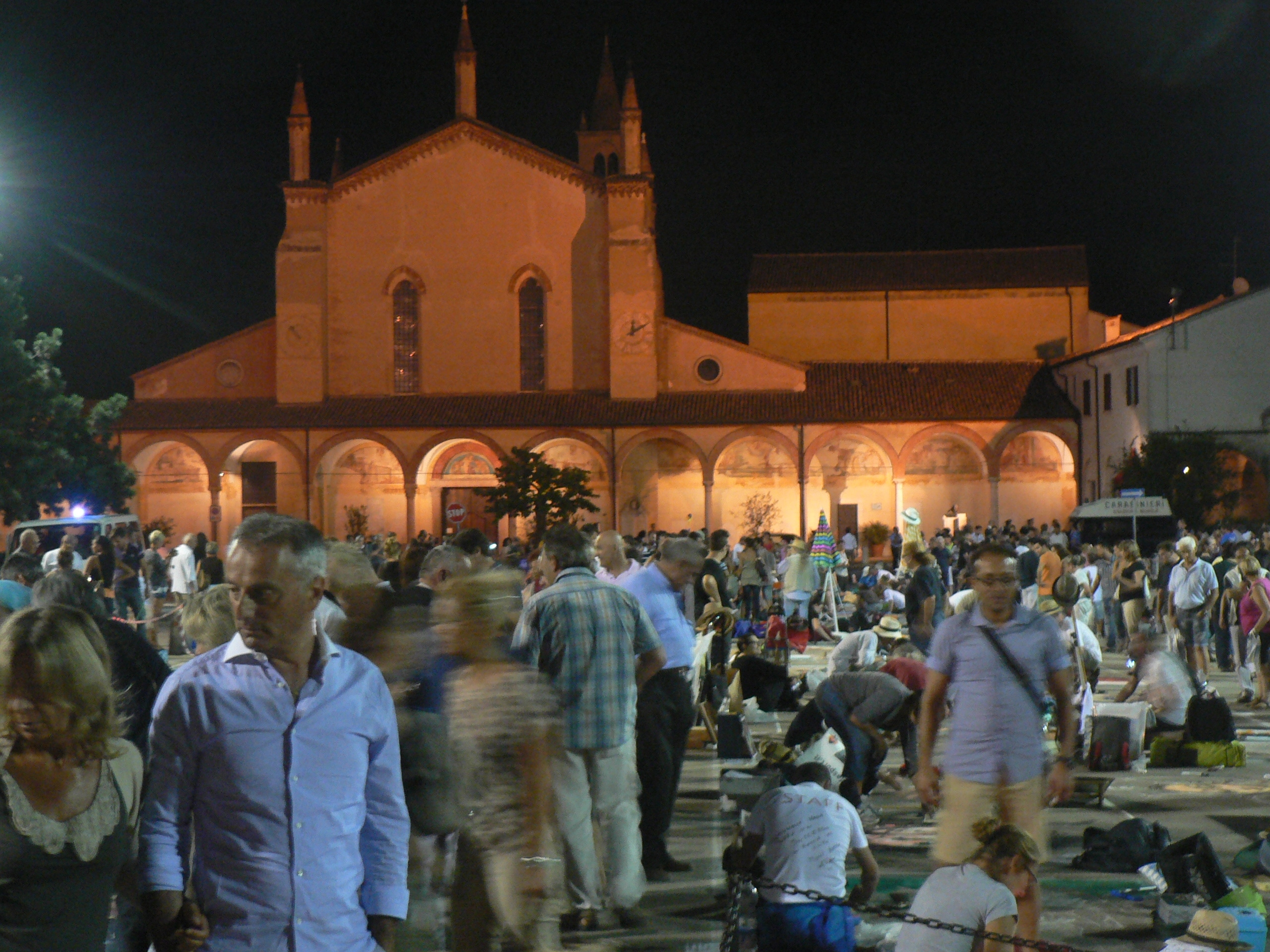 Chalk art began in the 16th century in Italy when artists paid tribute to the religious figure of Madonna on city streets. These artists would travel around the country, making any money that they could from those who admired their art. These artists were deemed “Madonnari” and this art form was practiced in Italy until World War II.
Chalk art began in the 16th century in Italy when artists paid tribute to the religious figure of Madonna on city streets. These artists would travel around the country, making any money that they could from those who admired their art. These artists were deemed “Madonnari” and this art form was practiced in Italy until World War II.
The first official Madonnari festival was in Curtatone, Italy in 1973 and featured not only pre-war Madonnari, but also new artists. Throughout the history of chalk art festivals, there have been subcategories of artists, including copyists (those who re-create famous works), free artists (those who create their own two-dimensional works), and 3-D artists (those who create works meant to look like they are coming out into our world).
Part of the appeal of chalk festivals is that while these pieces are prepared and planned in advance, onlookers are able to see masterful art appear right before their eyes in an outdoor, public display. Chalk art festivals are often used by art museums to promote the institution and the city it inhabits, as well as to attract appreciation and support for the artists themselves.
Other notable chalk art festivals around the world include the Sarasota Chalk Festival in Sarasota, Florida; I Madonnari Italian Street Painting Festival in Santa Barbara, California; and Fiera Delle Grazie in the original chalk art festival city of Curtatone, Italy.